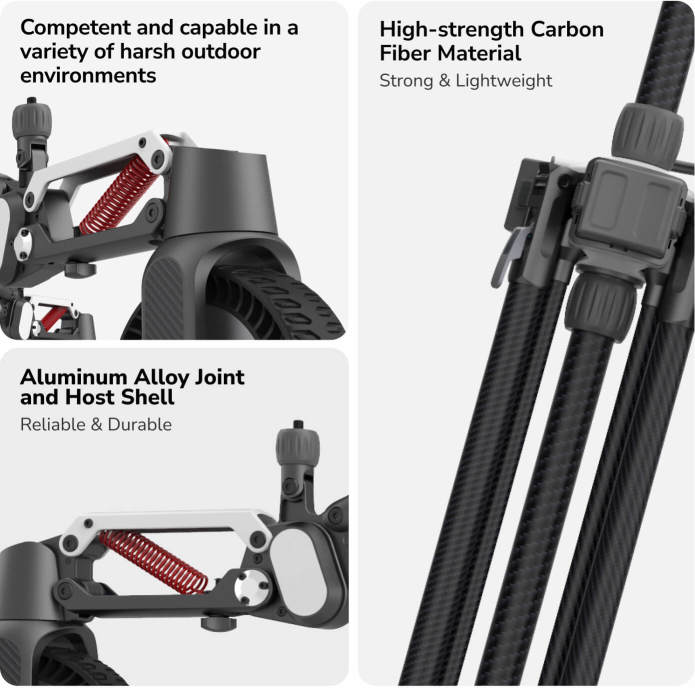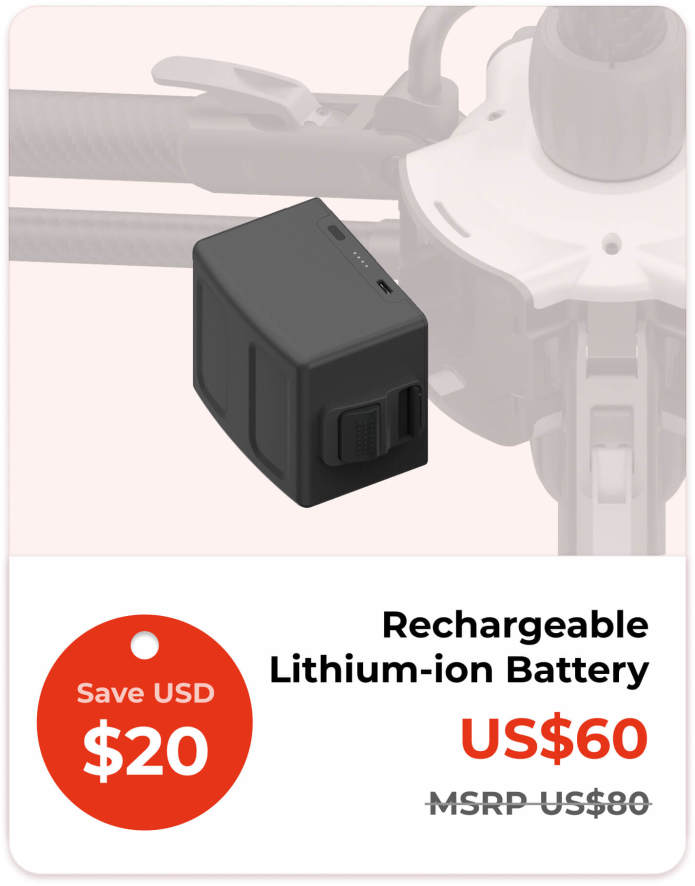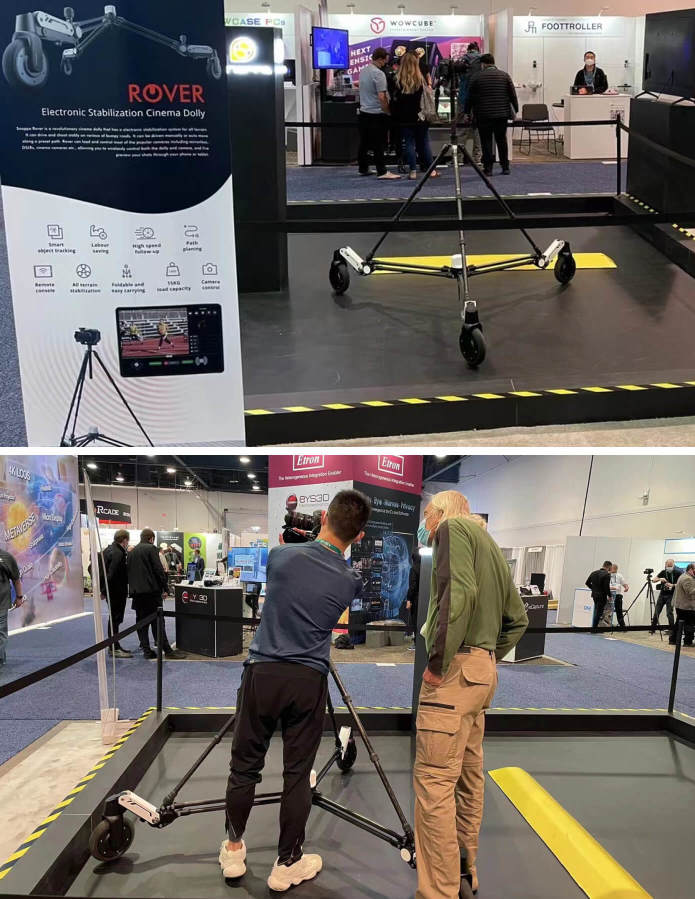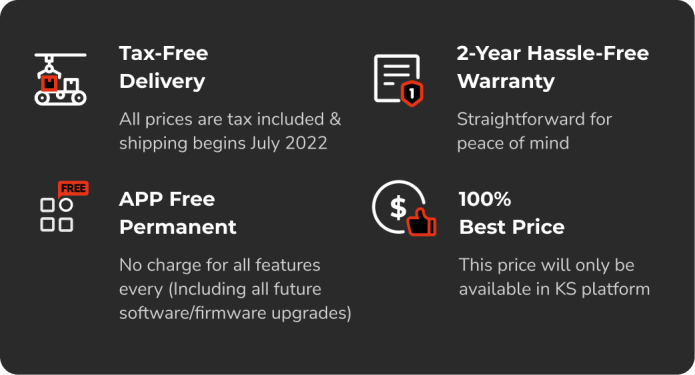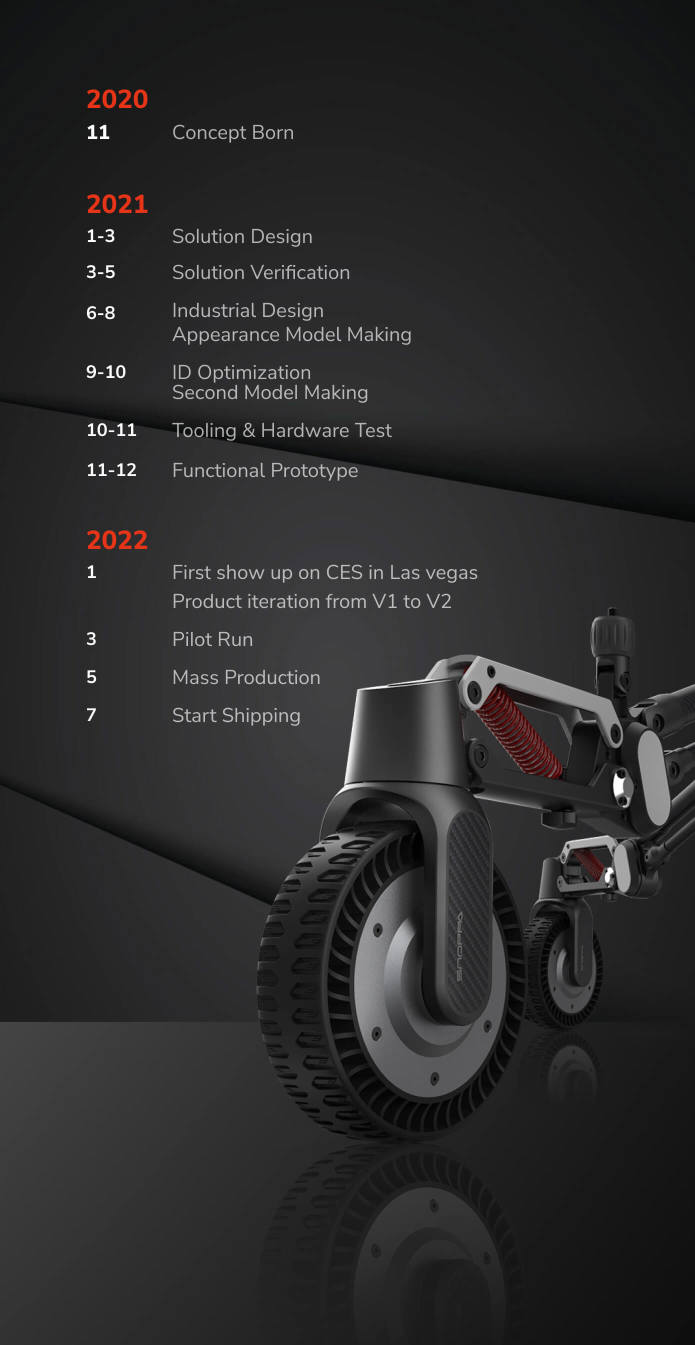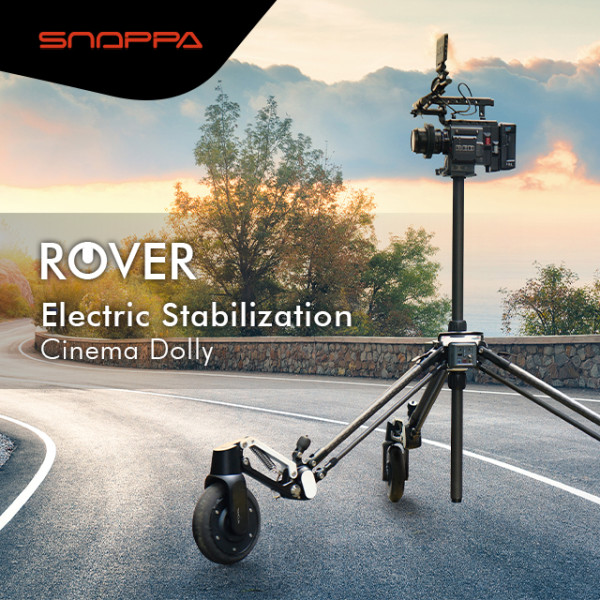
Electric Stabilization | Preprogrammed Movement | Precise Speed Control | Smart Object Tracking
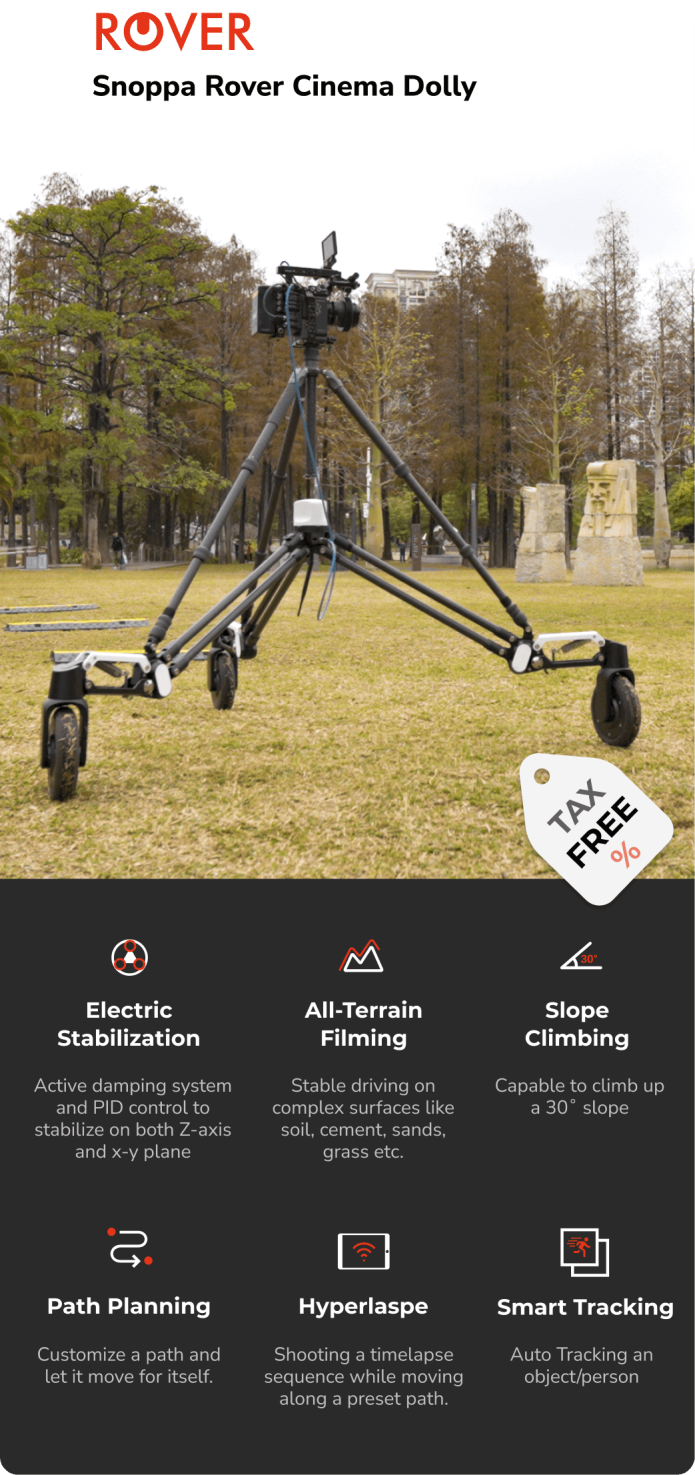

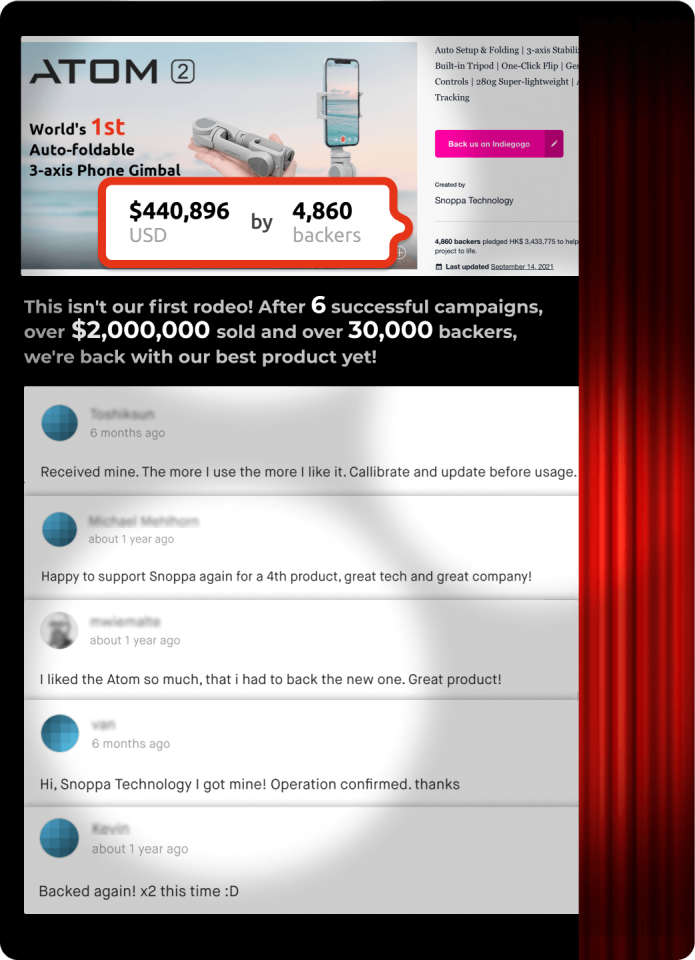

Snoppa Rover is a revolutionary cinema dolly that has a electronic stabilization system for all terrain. It can drive and shoot stably and smoothly on various of uneven roads. Rover can be driven manually or move automatically along a preset path. With a load capacity of up to 15 kg (33 lbs) , a series of control interfaces, and an image transmission module, Snoppa Rover can load and control most of the popular cameras including mirrorless, DSLRs, cinema cameras etc., allowing you to remotely control both the dolly’s movement and camera shooting, and live preview your shots through your phone or tablet.
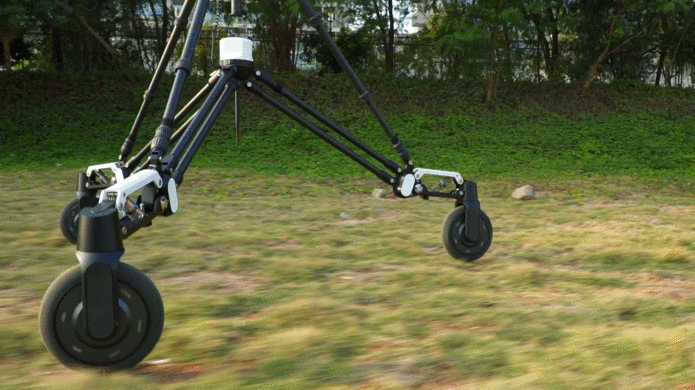

Rover integrates three wheels each with independent power control and steering system via three electric stabilizer arms. This uniquely isolates the body from wheel vibration and enables flexible motion control.
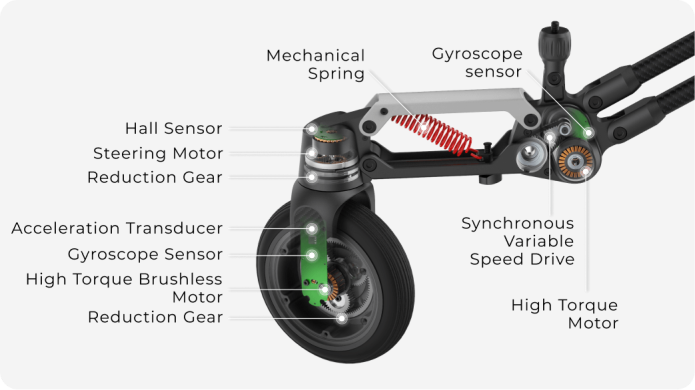
- Active damping system
Rover has built-in gyroscopes and acceleration sensors in each of its three stabilizer arms. These sensors detect the vibration of each wheel and the attitude of the whole vehicle at a frequency of 16Khz at all times. The detection frequency allows the high-torque motors to respond to disturbances within 0.06m/s. The motors output control feedback from a synchronous variable speed system, and with the added inherent elasticity of its springs Rover can maintain smoothness even when passing over uneven surfaces or obstacles.

- Steering System
Thanks to the angle sensor (Hall sensor) at the joint between the stabilizer arm and the wheels of the Rover, the electric steering mechanism can be rotated 360. This provides flexible turning performance and allows for unconventional maneuvers such as zero-radius turns in place and hill-climbing with ease.
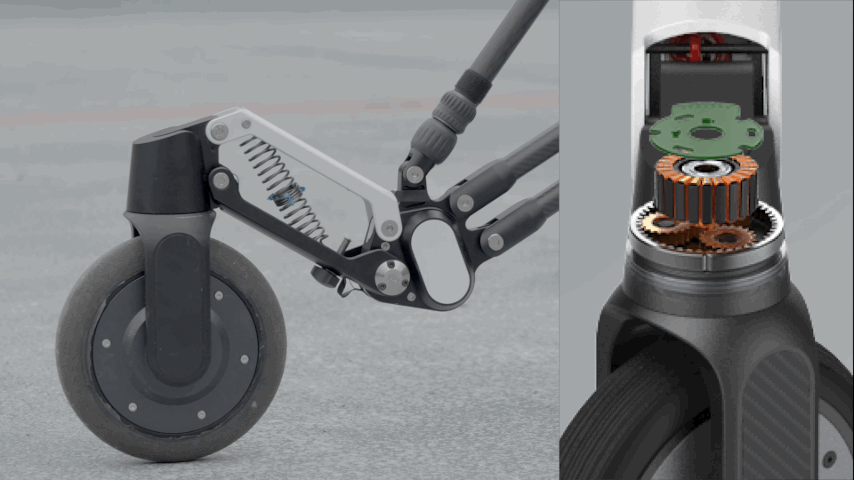
- Power System
All three wheels of Rover are equipped with individual power drives. The built-in gyroscope detects wheel speed in real-time, and the intelligent algorithm can distribute the power of each wheel individually. This results in smoother motion and more precise control of the Rover. Constant speed ramping greatly reduces wheel slippage or track deviation due to inconsistent wheel speed.
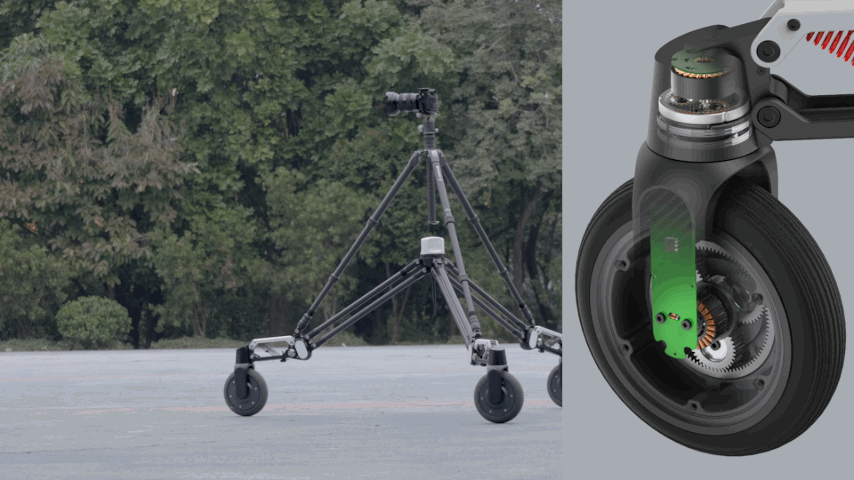
 Unlike vehicles with front-wheel steering – Rover’s flexible turning performance makes it capable of keeping Rover’s front end’s direction unchanged under any path of movement. The direction of the cart is independent of the trajectory of movement. Shooting direction is not bound by the direction of movement. If the camera’s direction of movement needs to be altered in the process of shooting, you do not need to consider turning radius to do a U-turn as Rover can be panned.
Unlike vehicles with front-wheel steering – Rover’s flexible turning performance makes it capable of keeping Rover’s front end’s direction unchanged under any path of movement. The direction of the cart is independent of the trajectory of movement. Shooting direction is not bound by the direction of movement. If the camera’s direction of movement needs to be altered in the process of shooting, you do not need to consider turning radius to do a U-turn as Rover can be panned.
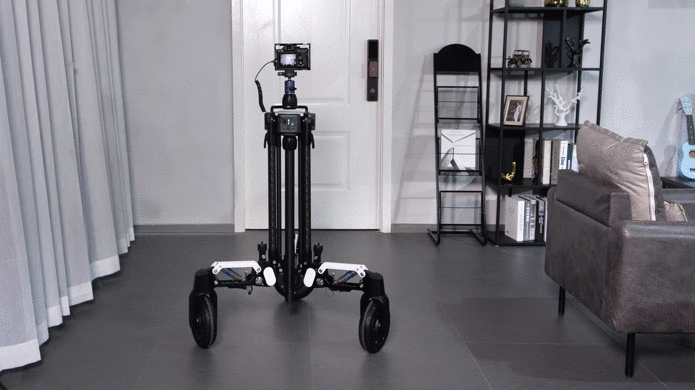

Rover’s unique electronic structure and design for each wheel give it adaptive steering control and dynamic power control. This provides the camera crew with maximum flexibility for camera movement.
- Repetitive Tasks
When repetitive work is required, you can run Rover’s Pre-program Mode, which allows you to save pre-defined or used paths as templates. When you need to shoot this path repeatedly, you can directly pull out the template and reuse it. This allows you to quickly and accurately repeat your shots.
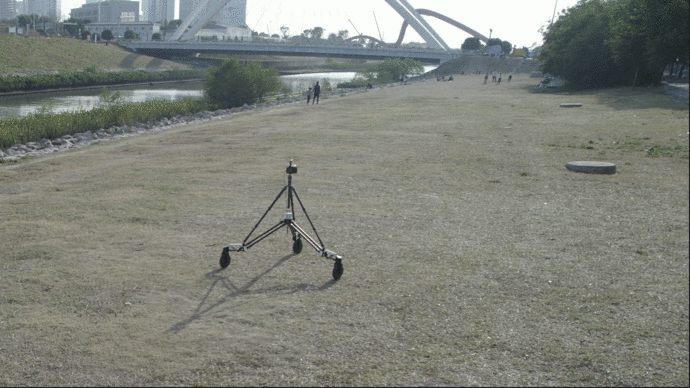
- ORTHO Mode
In Orthogonal Mode, only Rover is allowed to move straight in vertical and horizontal directions. Usually used for Dolly in/out or Truck left/right movement effects.

- Free Mode
In Free Mode, the Rover is not restricted in any direction of movement. This mode is suitable for outdoor shooting or when the surface is complicated.
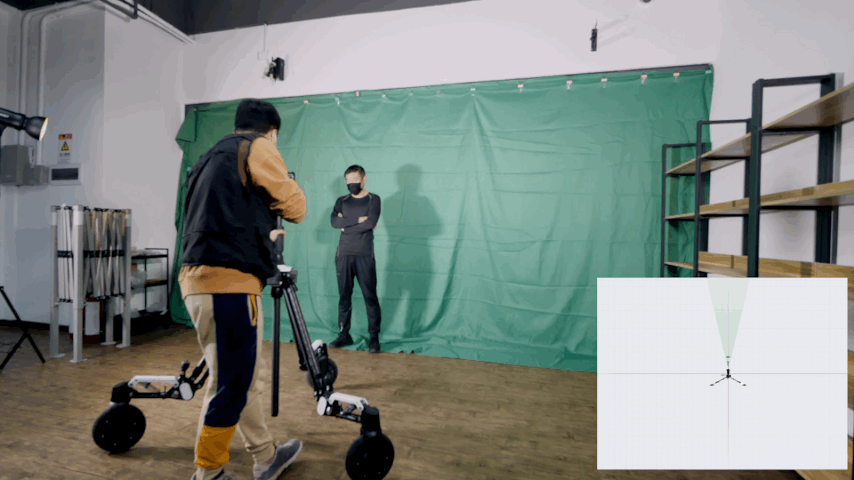
- ARC Mode
In Arc Mode, Rover keeps the lens and the subject always equidistant, rotating one/half turn at the same rotation speed.
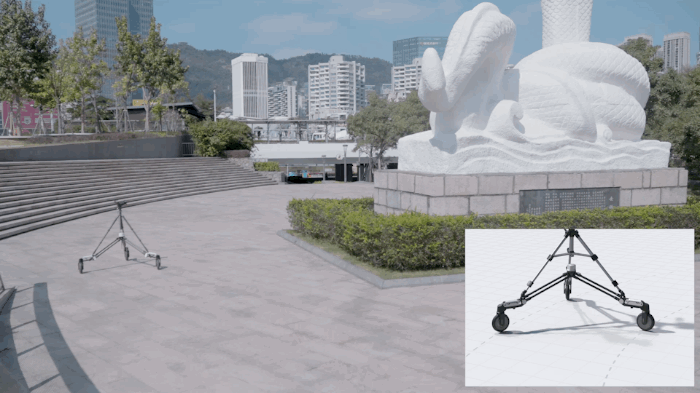
- Lock Mode
In Lock Mode, whether you are manually or remotely manipulating the Rover’s movement, the lens orientation will always remain the same.
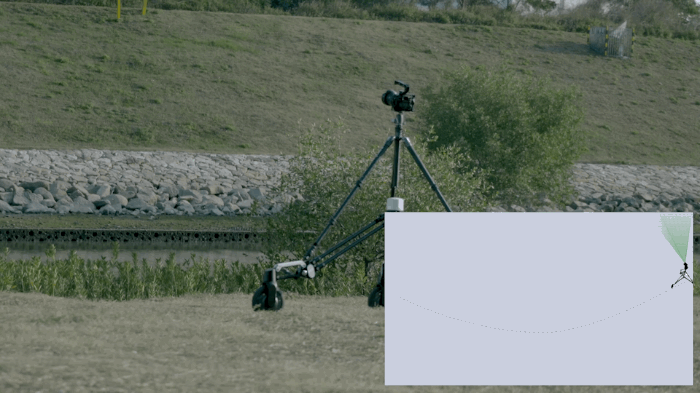
- Follow Mode
In Follow Mode, the lens will smoothly follow the movement of Rover. For use when a moving subject or a different subject needs to be shot, etc.
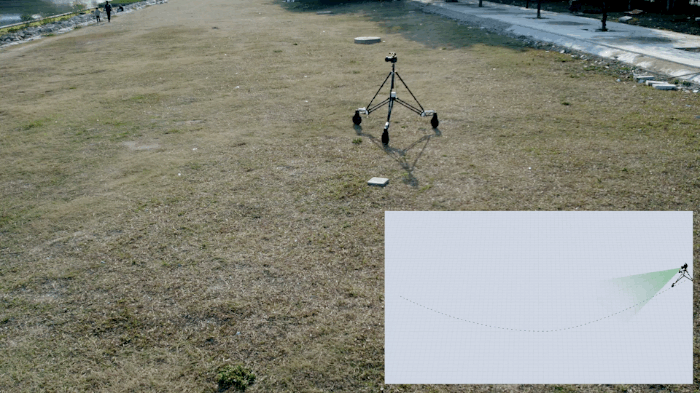
- Target Mode
In Target Mode, no matter how Rover moves, the subject is always in the center of the frame. This mode is only suitable for use when shooting fixed / still objects.
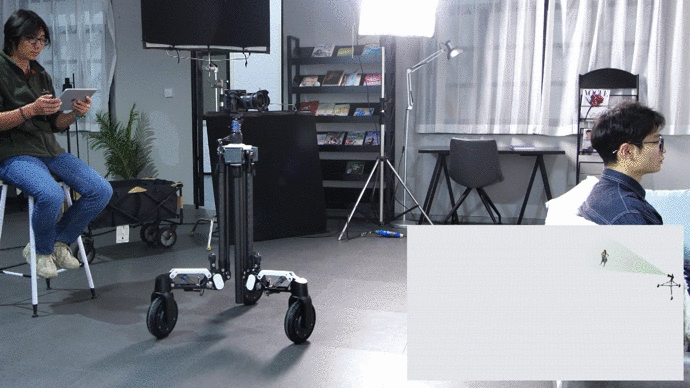
- Smart Object Tracking
When the need to track a person or a moving object arises during a shoot – Snoppa Rover’s ” Smart Object Tracking ” will become the best member of your crew. For example, if you want to do a self-tracking shot, you don’t need another crew member present to operate. You can leave it to Rover to perform the tracking while saving manpower. Smart tracking is much more convenient and accurate while capturing footage as opposed to manual control tracking shooting. Not only are you saving labor, money, and time – you are also able to get the exact shot you want, and can repeat it endlessly.
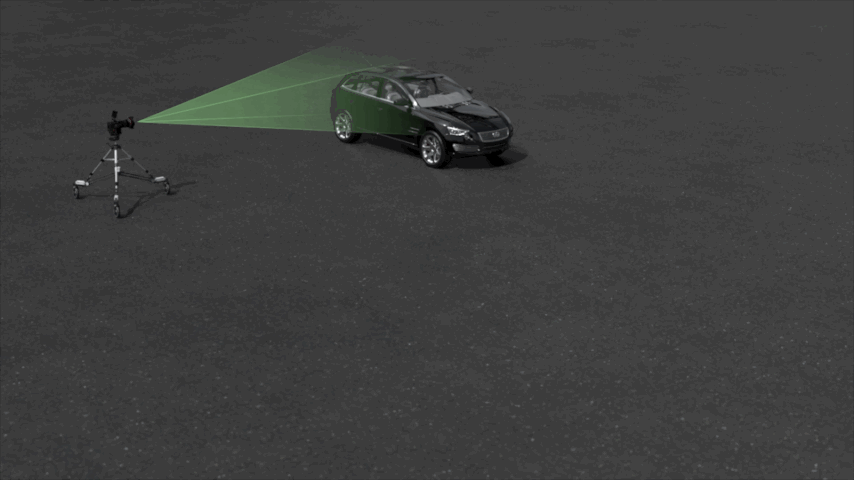

A “walking hyper lapse” requires a camera operator to walk at a specified interval. However, it is hard to guarantee the walking speed and stability of a person when a long and wide-range walk is required.
Rover can easily move on a set path and at a set speed – including around corners and over bumps, bringing more creative freedom to your hyperlapse.
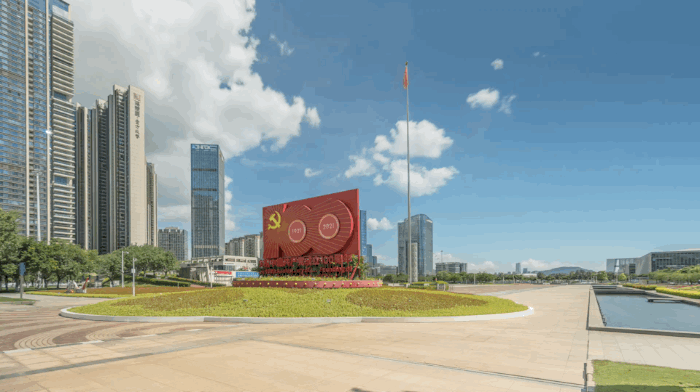

With a minimum travel speed of 1 cm/s to 2 cm/s and a minimum bottom diameter of 60 cm, the Rover is able to ensure optimal passing on narrow roads.



Rover has a moving speed up to 8m/s, and you can easily follow a fast-moving object to shoot.
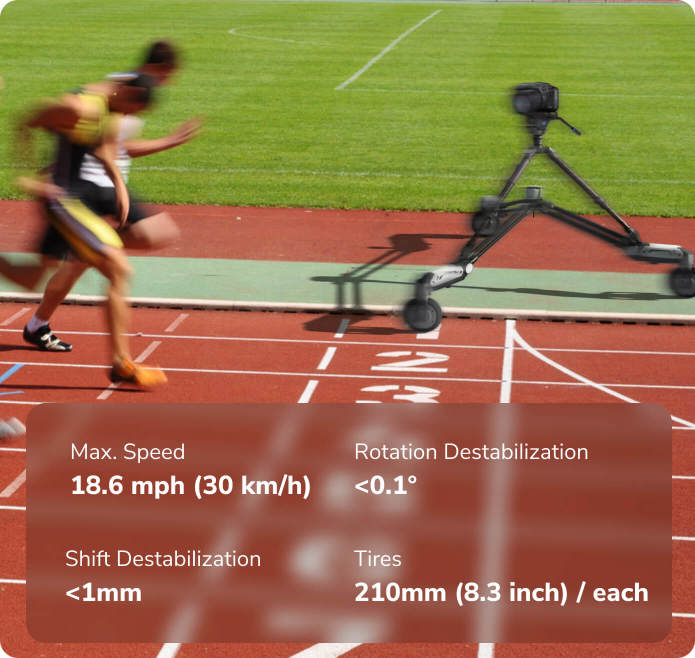

The versatility of the Rover gives you more possibilities for your shots.
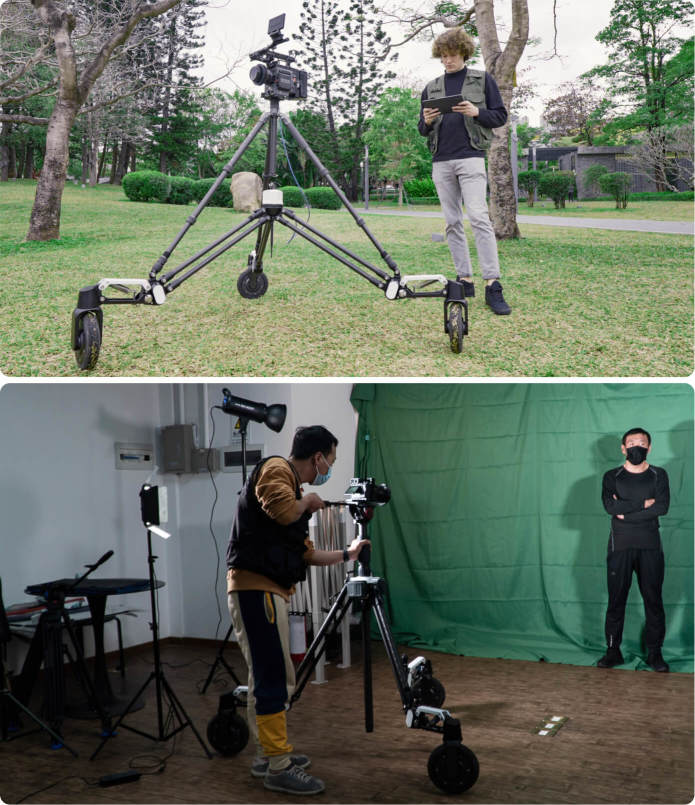
· Three Expansion Levels
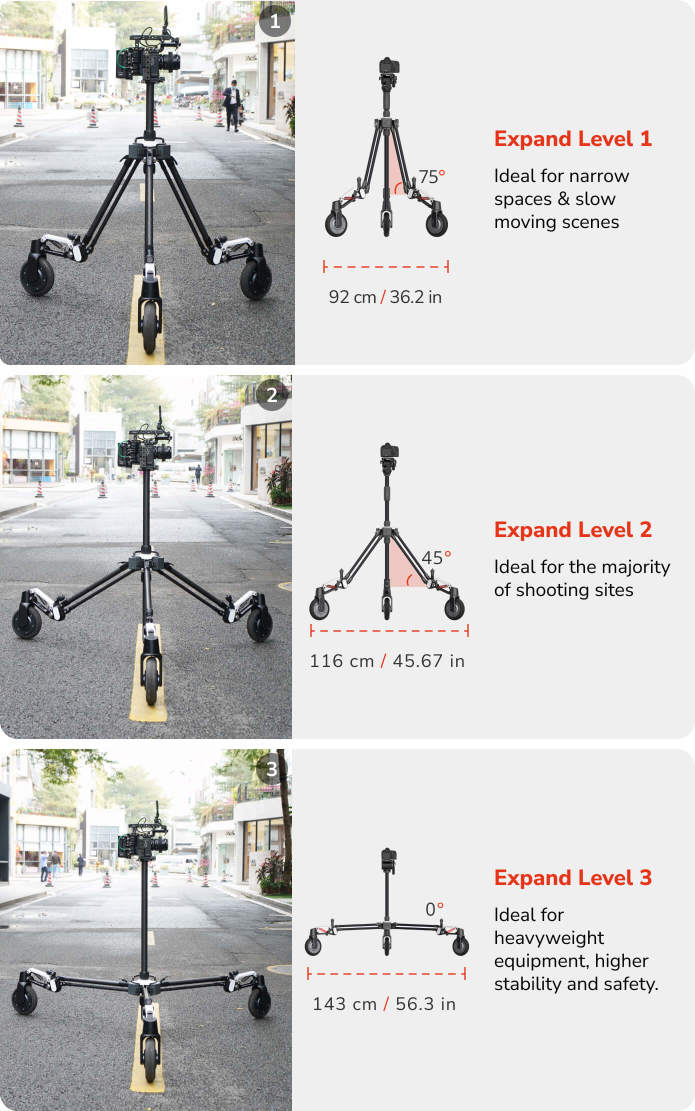
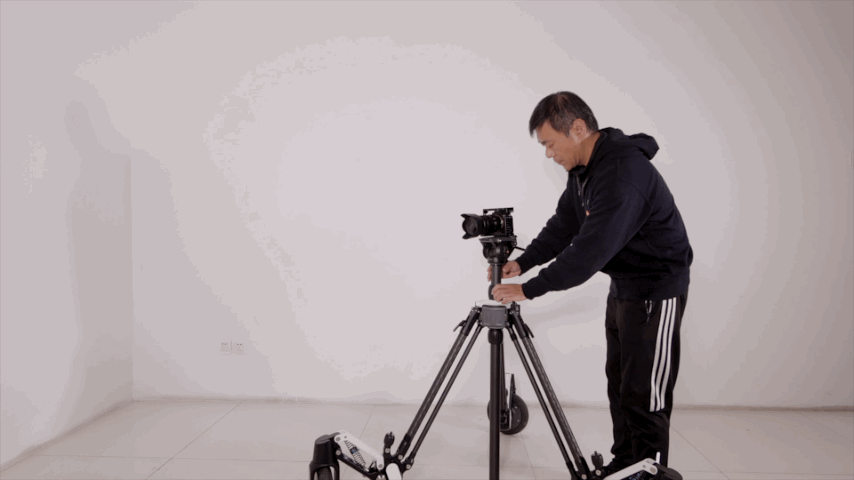
· Low Angle Shooting
If low-angle shooting is required, you can hang the camera upside down at the bottom of the Rover’s center pole to do low camera shots.
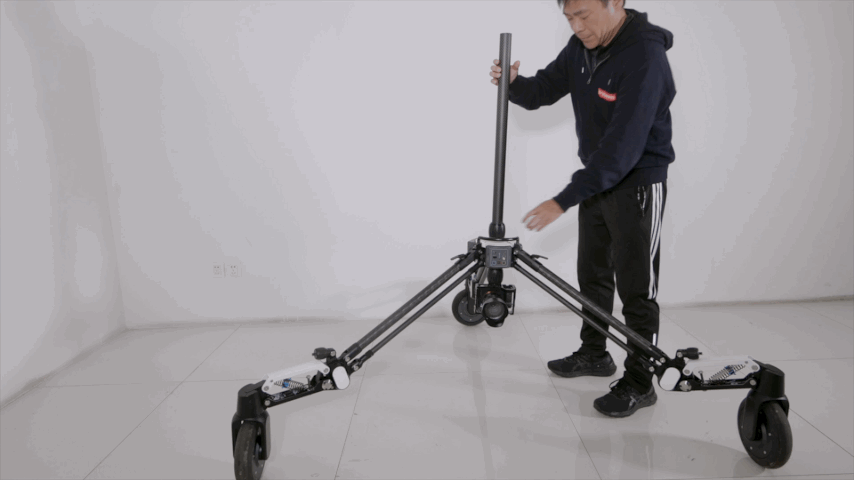
· Three Driving Methods
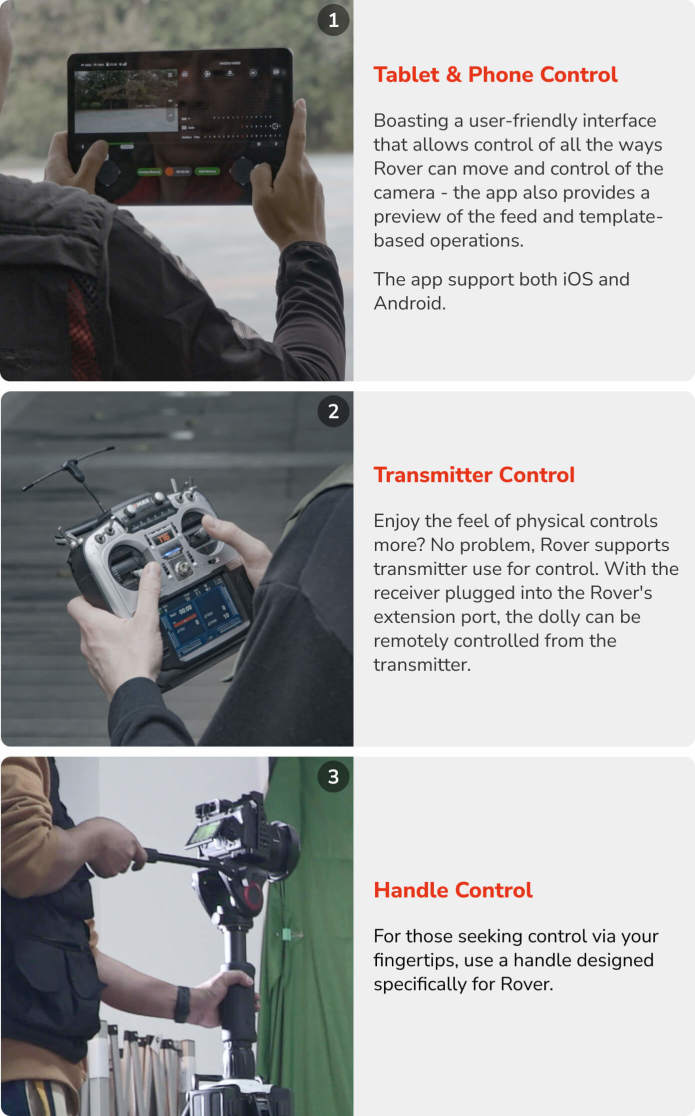
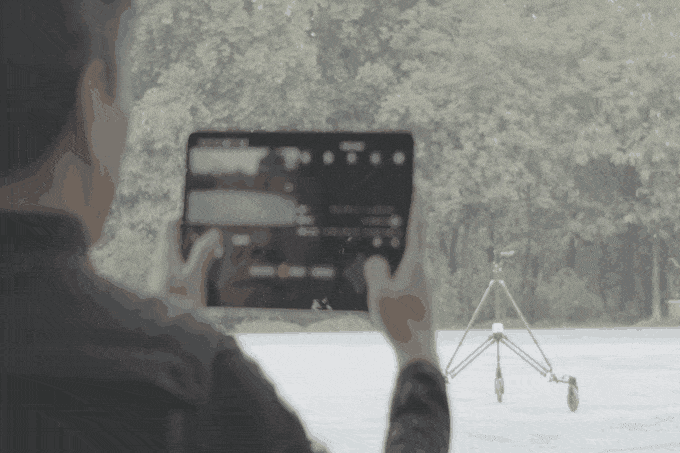
· Two Installation Methods
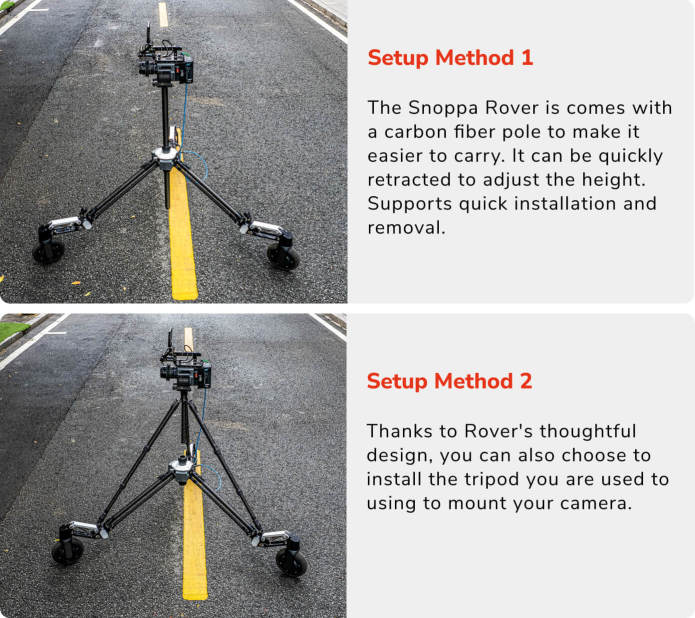



We learned from the survey that was sent out last month that most users want the Rover to have an active obstacle avoidance function. In order to better meet your day-to-day shooting needs (and to protect Rover and your camera), an active obstacle avoidance feature will be added to Rover. A BIG thank you to everyone for providing feedback.
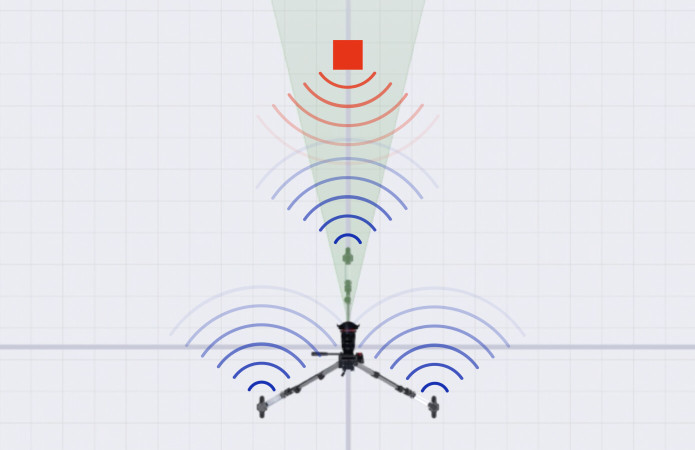

When shooting in an indoor studio, perhaps you prefer to operate at close range – giving you more intuitive control over your shots. This is a Holder designed specifically for Rover that senses your hand’s pressure output for real-time response, such as movement and rotation. This ensures that you enjoy stress-free and highly precise control even when operating manually.
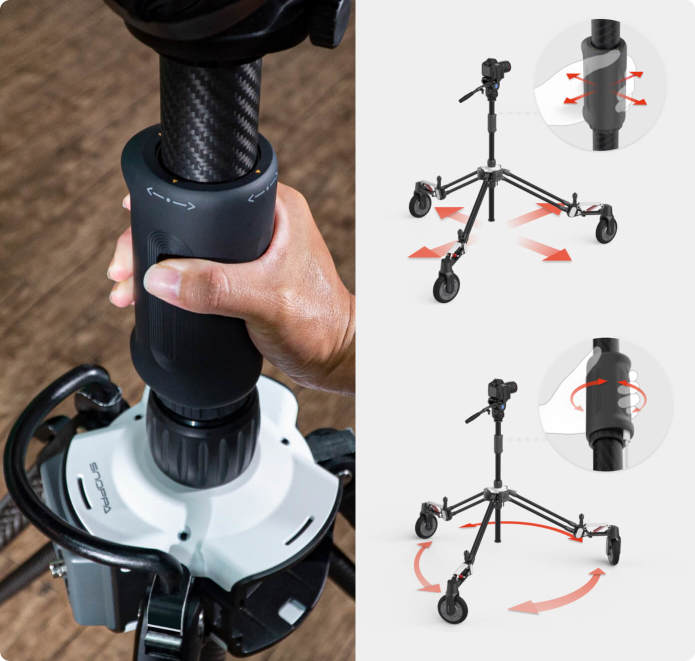

Rover provides a stable shooting platform that allows us to better move the camera and design the path of the lens in the shot. So how do you adjust the direction of the camera such as tilt during the shooting process? One way is to install a video tripod head on the Rover, so you can adjust the camera angle in real time and move the Rover manually and precisely by the handle. Another way to achieve camera angle control is by installing a stabilizer. We will launch a gimbal that can be used with the Rover in August. This gimbal can be programmed and controlled in conjunction with the Rover. Or you can provide and use your own stabilizer.
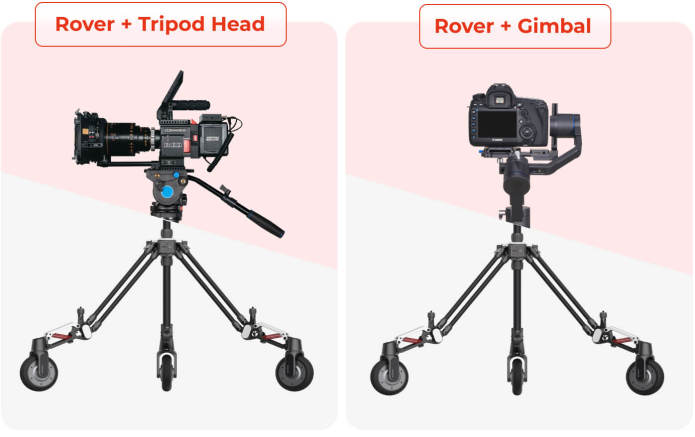
· Rover & Electric Tripod Head
Polaris is a new released electronic tripod head from Benro. Rover has partnered with Benro to directly support Polaris to work together. With Polaris, you can further control the pan and tilt of the camera, making the mobile shooting more flexible. For example, you can use this combination to shoot a hyper-lapse in ARC.
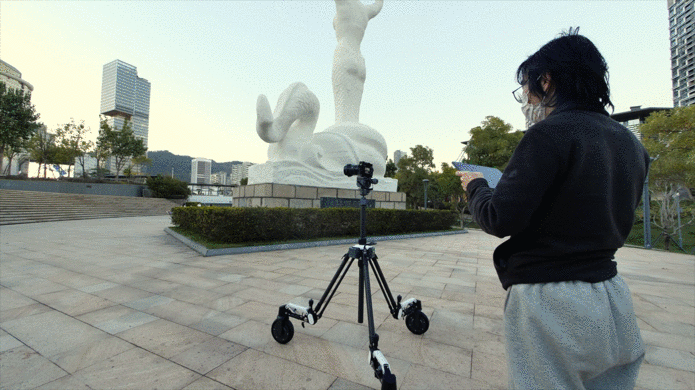

Rover’s software integrates Rover’s controls, camera controls, and image previews into the same App, making it a fully functional wireless workbench. the Rover APP is available in both tablet and phone versions. The advantage of the tablet version is that it consolidates all the required actions on the same page, so you can perform your operations quickly without having to switch between different menus.
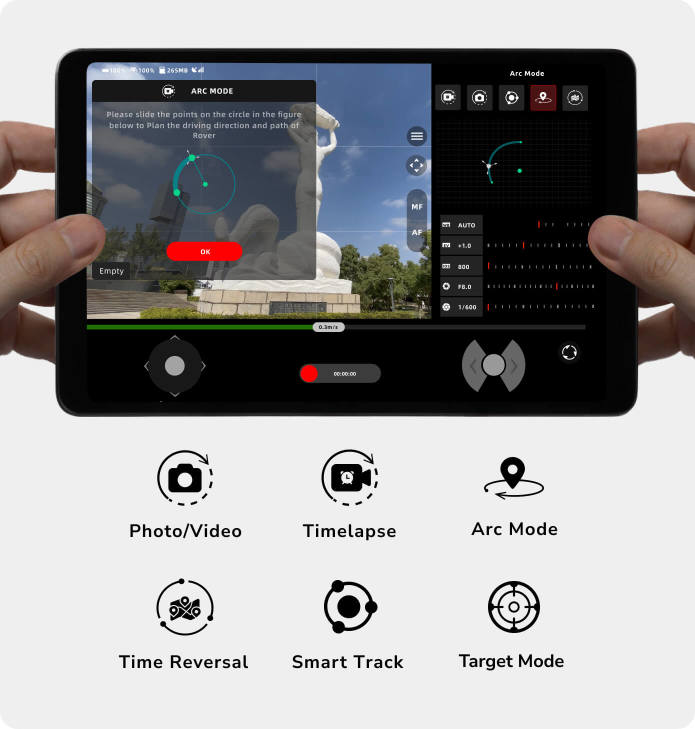

Rover is more than just an electric cinema dolly. The perfect combination of powerful built-in hardware and AI technology ensures that you can easily preview camera footage while shooting. You can dial in ISO, WB, EV compensation, aperture, and shutter speed at the same time.
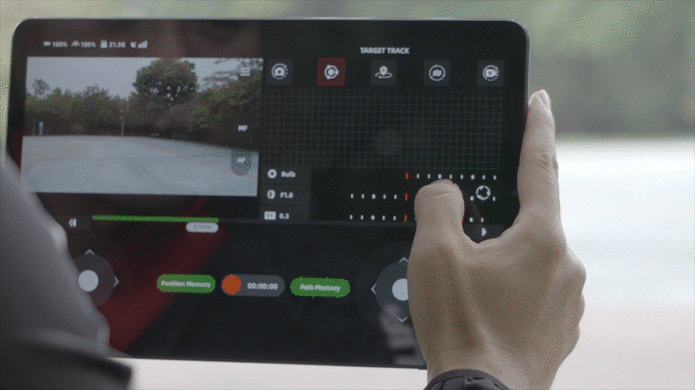

Snoppa Rover has a capacity of up to 15kg (33.1 lbs), and can set up a wide range of popular mirrorless cameras, DSLRs, and cinema cameras like RED, ARRI in the market. The unique load adjustment knob on the dolly can be adjusted to adapt the equipment of various weights within 15kg to achieve the best matching.
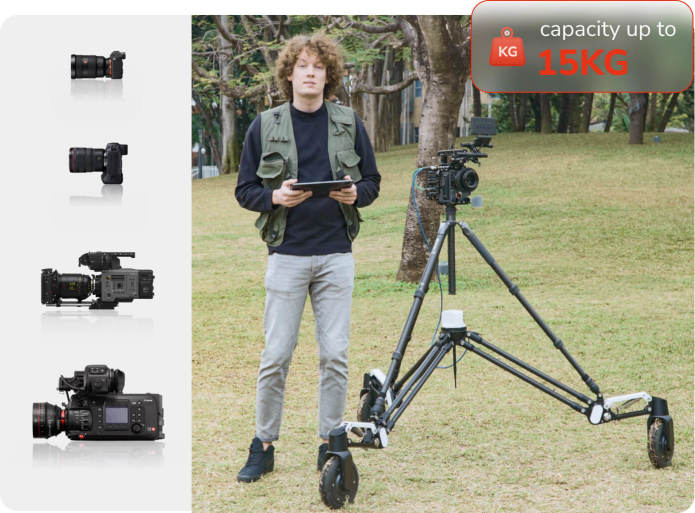

Snoppa Rover is equipped with a bunch of interfaces through which you can connect and control the camera by your phone or tablet.
- HDMI Terminal: for DSLR Image Preview
- USB-C: for Camera Control
- SDI: for Cinema Camera Image Preview
- Extension Port: for Universal Remote Control etc.
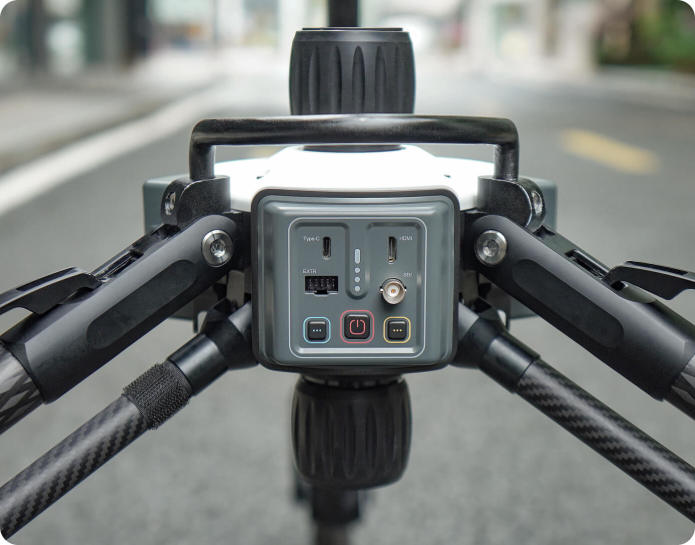

We designed Rover with two battery packs that operate in parallel to increase battery capacity. This means that if either pack runs out of power it can simply be replaced with a new one without delaying the shot in the progress as it always stays powered on. This design not only increases Rover’s working duration, but also helps to conform to travel rules surrounding batteries – such as on airplanes.
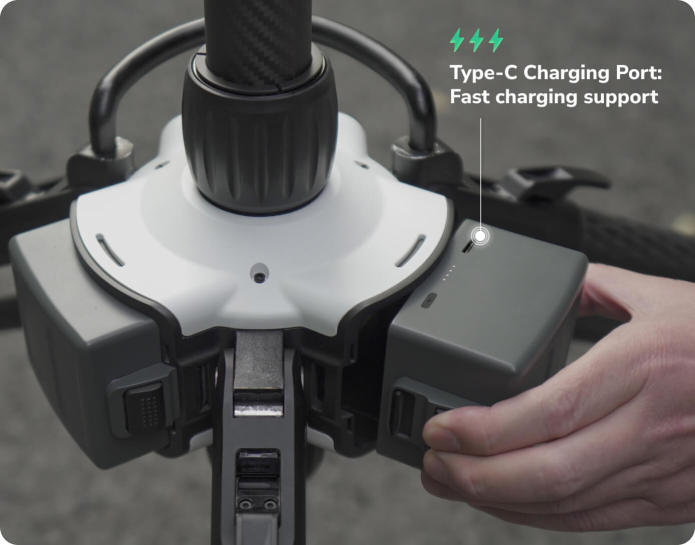

Rover not only can be quickly folded, but also has a very good design to have a travel grip to go easy for you to carry.
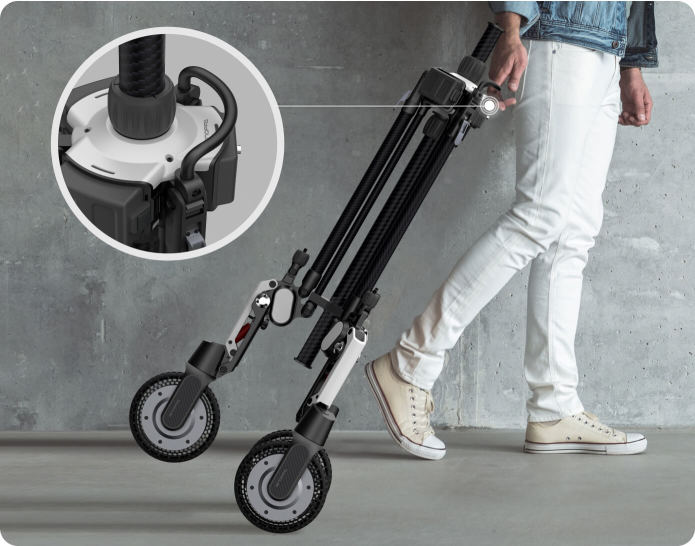

Rover was designed from scratch, and during this process we have experienced more than a dozen cycles of “design, push down, redesign”. We have repeatedly tested more than 300 customized parts, and finally achieved the final features of Rover.
